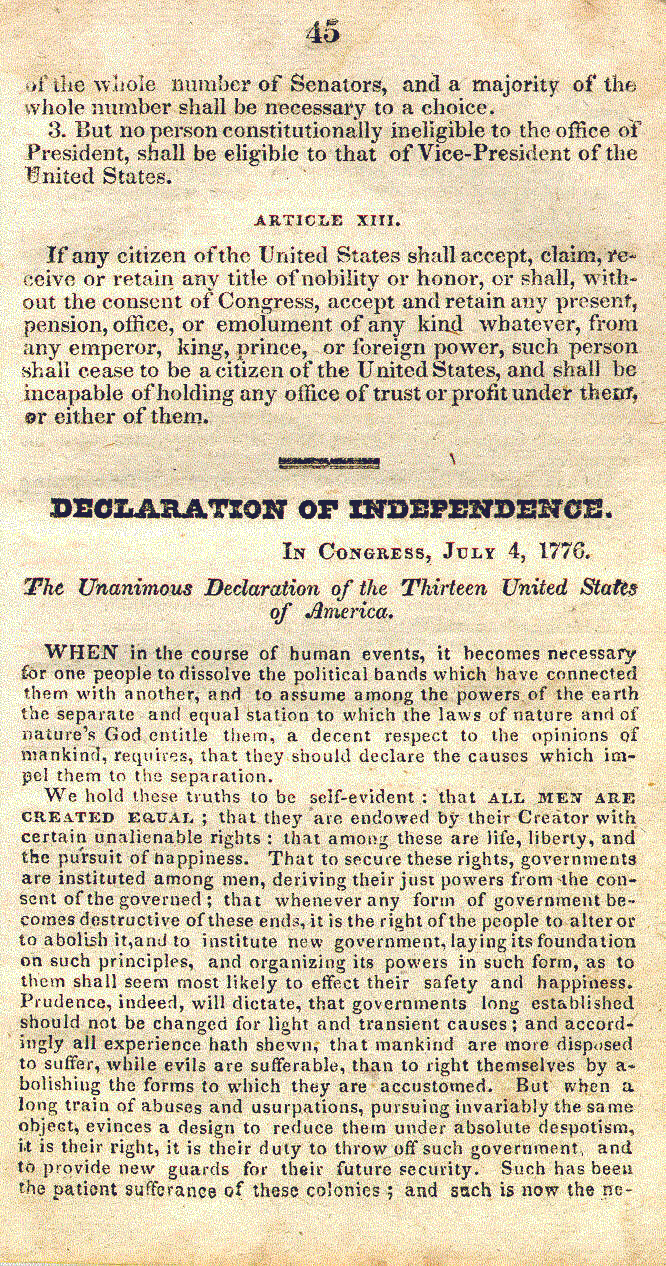
Since the adoption of the United States Constitution twenty-seven amendments have been passed, and thousands more have been proposed. It may seem that it would be clear what exactly is the governing document of the United States, but some people argue that there is another “lost” amendment that was passed and is really part of the Constitution today. The missing amendment would have been the 13th, and it is called the Titles of Nobility Amendment.
The early 1800s, when this amendment was proposed in Congress, was a tumultuous time in American history. The nation was unstable, as it had just been reorganized under the Constitution. There were fears of a foreign intervention, and it wouldn’t be long until the War of 1812 broke out. It was these fears that prompted Democrat-Republican Senator Philip Reed of Maryland to propose this amendment:
If any citizen of the United States shall accept, claim, receive or retain, any title of nobility or honor, or shall, without the consent of Congress, accept and retain any present, pension, office or emolument, of any kind whatever, from any person, King, Prince or foreign Power, such person shall cease to be a citizen of the United States, and shall be incapable of holding any office of trust or profit under them, or either of them.1
The Constitution already banned any member of Congress from holding another office in the government. This amendment would expand this provision to prohibit any citizen from receiving any present, office or title from a foreign nation, and would punish them by stripping them of their citizenship. The Senate voted 19-5 to pass the amendment on April 26, 1810. Just a few days later, on May 1, the House approved it 87-3.
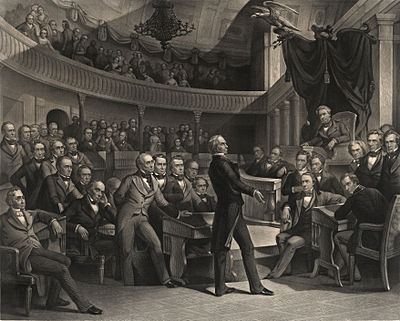
As the amendment had been passed by both houses of Congress, it could move on to the next step of the process – ratification by three quarters of the states, 13 of the 17 at the time. It is here that historical interpretations diverge. Everyone agrees that it was ratified by 12 states – Maryland, Kentucky, Ohio, Delaware, Pennsylvania, New Jersey, Vermont, Tennessee, North Carolina, Georgia, Massachusetts and New Hampshire. It is also clear that it was rejected by three states – New York, Connecticut and Rhode Island. The debate is over whether the amendment was ratified by Virginia and South Carolina. If it was approved by either of them, that would make 13 states for ratification. Both of these states took action on the amendment. The South Carolina Senate voted to ratify it on November 28, 1811, but the House of Representatives rejected it years later, on December 21, 1814. Virginia’s House of Delegates voted for it on February 2, 1811, but the Senate rejected it on February 14.
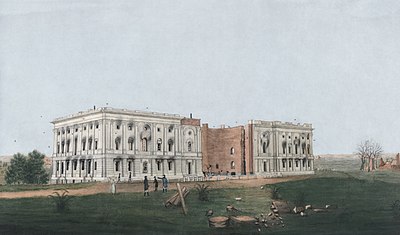
Although there are no records today of these states passing the amendment in both houses, rumors began to spread at the time that the necessary 13 states had ratified it. Some records that may have clarified the issue were lost because the War of 1812 had begun. In 1814 the British captured Washington, DC, burning the White House, the Library of Congress, and other government buildings. Documents relating to the status of the amendment were lost forever. The government itself became confused. In 1817, the U.S. House of Representatives asked President James Monroe to inquire into the status of the amendment’s ratification. Secretary of State John Quincy Adams investigated the matter and reported that 12 states had voted for the amendment and two against it. Letters were sent to the governors of Virginia, Connecticut and South Carolina asking about the status of the amendment in their states. In 1818 Adams reported that he received a letter from the governor of South Carolina that his state had rejected the amendment.
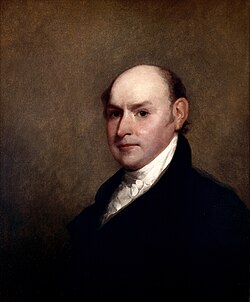
This leaves only Virginia in question, and on its response would hang the entire question of the amendment. There are no records of a passage of the amendment by the Virginia legislature, or even correspondence between the governor and Adams. It would seem that the amendment had died one state short of ratification. But then on March 10, 1819, the Virginia legislature passed an act for the printing of the state’s laws, including the Constitution of the United States. In that printing of the Constitution is the 13th amendment, which from the records had not been ratified. But Virginia wasn’t the only state to print the 13th Amendment. Many 19th century printings of the Constitution contain the contested amendment. It can even be found in a printing by the Federal government of the Laws of the United States. On the other hand, in many printings it is missing. There was clearly confusion on the issue at the time.
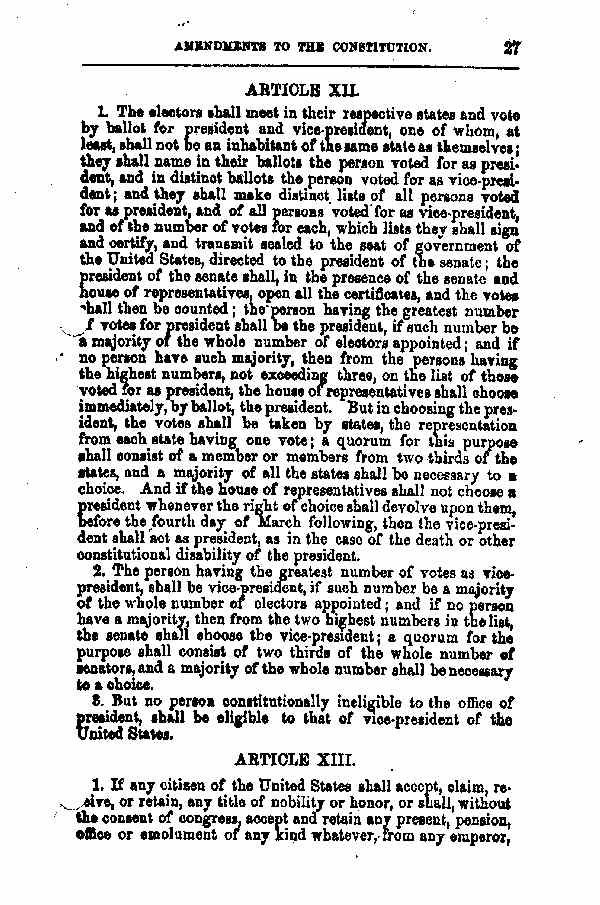
Some argue that Virginia’s printing of the 13th Amendment in 1819 constituted a ratification. It is likely that the amendment’s inclusion was simply a clerical mistake, and that the Virginia legislature didn’t check the document carefully to ensure it was accurate. But even if the legislators intended the printing to be a ratification, a new problem is encountered. Between the passage of the amendment by Congress and the supposed ratification by Virginia in 1819, four more states had joined the Union, increasing the number of states necessary for ratification to 16. Although the Constitution is silent as to whether states who join during the ratification process participate in the vote, they always have been counted. The votes of new states were counted even for the ratification of the first amendments, the Bill of Rights. So even if Virginia had approved the amendment in 1819, three more states would have been necessary.
Although the argument that this 13th Amendment really is missing from the Constitution does not hold up to scrutiny with the evidence available today, its ratification is still possible. No expiration date was specified when the bill was passed by Congress. If a total of 38 states ratify the amendment today, it will become part of the Constitution.


